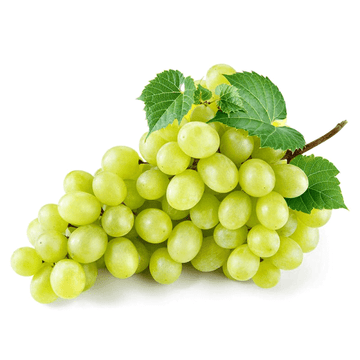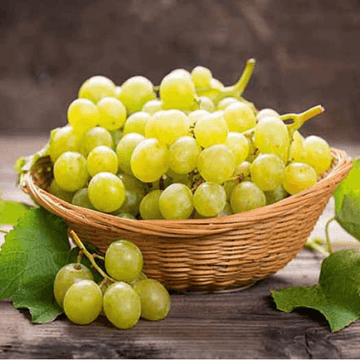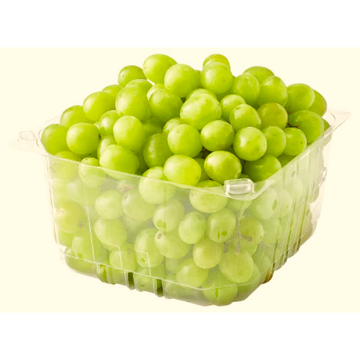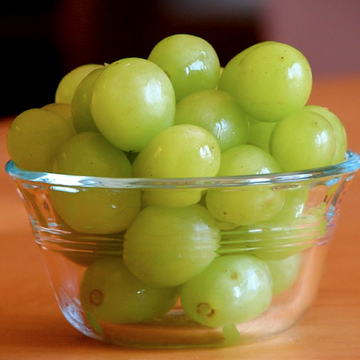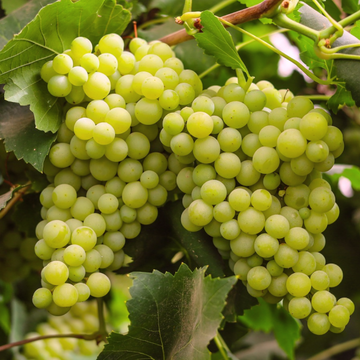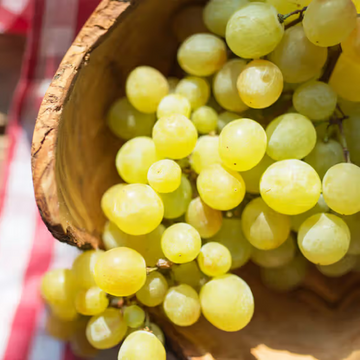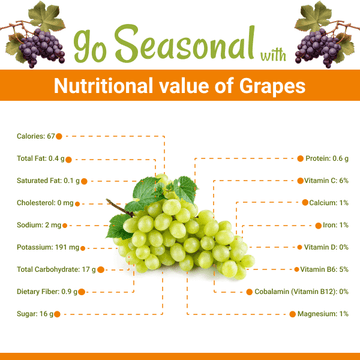Buy Grapes(انگور) - 1kg
Best Offers: 1kg
Quantity:
This product is currently out of stock, but you can place an order through WhatsApp. We'll try our best to make it available for you if possible
The Middle East is generally described as the homeland of grapes and the cultivation of this plant began there 6,000–8,000 years ago. Yeast, one of the earliest domesticated microorganisms, occurs naturally on the skins of grapes, leading to the discovery of alcoholic drinks such as wine. The earliest archeological evidence for a dominant position of wine-making in human culture dates from 8,000 years ago in Georgia...
The oldest known winery was found in Armenia, dating to around 4000 BC. By the 9th century AD, the city of Shiraz was known to produce some of the finest wines in the Middle East. Thus it has been proposed that Syrah red wine is named after Shiraz, a city in Persia where the grape was used to make Shirazi wine.
Ancient Egyptian hieroglyphics record the cultivation of purple grapes, and history attests to the ancient Greeks, Cypriots, Phoenicians, and Romans growing purple grapes both for eating and wine production. The growing of grapes would later spread to other regions in Europe, as well as North Africa, and eventually in North America.
In 2005, a team of archaeologists concluded that some Chalcolithic wine jars, which were discovered in Cyprus in the 1930s, were the oldest of their kind in the world, dating back to 3,500 BC. Moreover, Commandaria, a sweet dessert wine from Cyprus, is the oldest manufactured wine in the world, its origins traced as far back as 2000 BC.
In North America, native grapes belonging to various species of the genus Vitis proliferate in the wild across the continent, and were a part of the diet of many Native Americans, but were considered by early European colonists to be unsuitable for wine. In the 19th century, Ephraim Bull of Concord, Massachusetts, cultivated seeds from wild Vitis labrusca vines to create the Concord grape which would become an important agricultural crop in the United States.
Benefits:
Rich in Nutrients: Packed with vitamins C and K, potassium, and antioxidants.
Heart Health: May lower blood pressure and reduce cholesterol levels.
Anti-Inflammatory: Contains antioxidants that reduce inflammation.
Digestive Health: High water content and fiber support digestion.
Boosts Immunity: Vitamin C strengthens the immune system.
Eye Health: Contains compounds that support vision.
May Aid Weight Loss: Low in calories and high in water content.
Hydration: High water content helps maintain hydration.
Uses of grapes:
Culinary Uses: Enjoy fresh grapes as a healthy snack or add them to fruit salads and cheese platters.
Beverages: Use grapes to make grape juice, smoothies, or wine for a refreshing drink.
Baking: Incorporate grapes into baked goods like muffins, cakes, and bread for added sweetness and moisture.
Salads: Add grapes to green or chicken salads for a burst of flavor and texture.
Cooking: Use grapes in savory dishes, such as roasted meats, stews, and sauces, for a sweet contrast.
Dried Grapes (Raisins): Dried grapes, or raisins, are popular in cereals, trail mixes, and baking.
Jams and Jellies: Cook grapes to make delicious jams and jellies that can be spread on toast or used in recipes.
Frozen Grapes: Freeze grapes for a refreshing, bite-sized treat, especially in hot weather.
Infused Water: Add grapes to water or iced tea for a naturally sweet and flavorful infusion.
Skincare: Grape seed extract and oil are used in skincare products for their antioxidant and moisturizing properties.
Nutritional components per 100 grams:
- Calories: 67
- Total Fat: 0.4 g
- Saturated Fat: 0.1 g
- Cholesterol: 0 mg
- Sodium: 2 mg
- Potassium: 191 mg
- Total Carbohydrate: 17 g
- Dietary Fiber: 0.9 g
- Sugar: 16 g
- Protein: 0.6 g
- Vitamin C: 6%
- Calcium: 1%
- Iron: 1%
- Vitamin D: 0%
- Vitamin B6: 5%
- Cobalamin (Vitamin B12): 0%
- Magnesium: 1%










